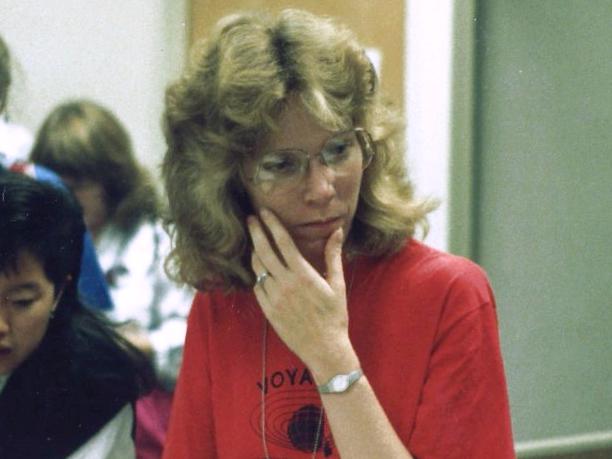
Wielding a fresh Bachelor’s degree in physics, a 22-year-old woman walked into NASA’s Jet Propulsion Laboratory in 1977 and interviewed for a job. Staff looked over her resume and offered the young woman a choice. Would she like to join an existing mission at Mars, called Viking — or a brand-new mission called Voyager? “Well, where is Voyager going?” the woman asked. Jupiter, Saturn, and possibly onto Uranus and Neptune, the person said. She remembered peering at Saturn through a tiny telescope in third grade. Intrigued by the world, she made her choice. Saturn would guide Linda Spilker, now 62, to be many things over the next 40 years — planetary scientist, imaging expert, author of dozens of scientific studies, recipient of more than 20 professional awards. She’d also become one of many “Voyager mums” who synced the birth of her kids to a rare planetary alignment. After Voyager, Spilker became a vital mind behind the nuclear-powered Cassini mission, which NASA launched toward Saturn in 1997 and recently destroyed. Her efforts helped find a warm, salty ocean hiding beneath the icy crust of Saturn’s moon Enceladus, something she’s described as “one of the most astonishing discoveries” in space exploration. “I…